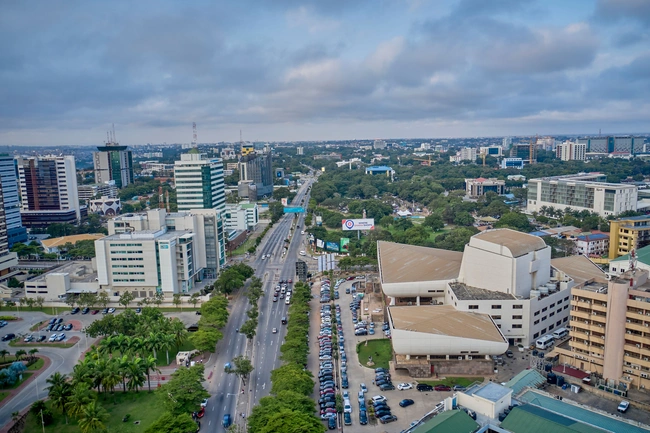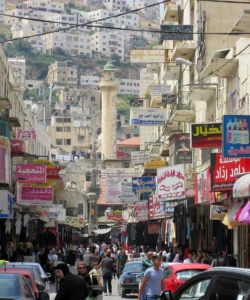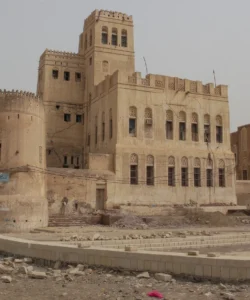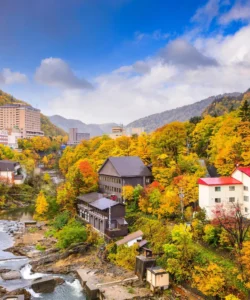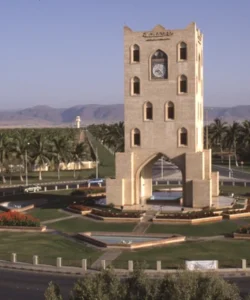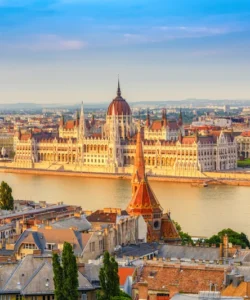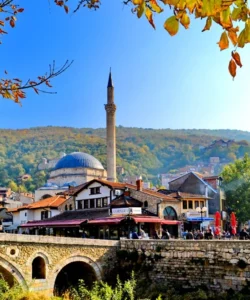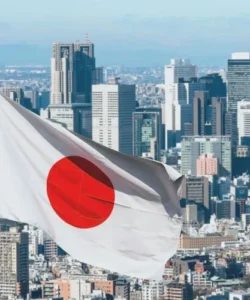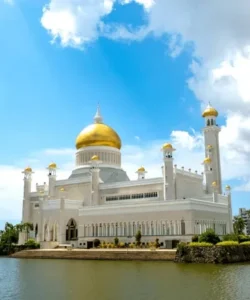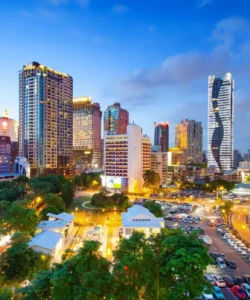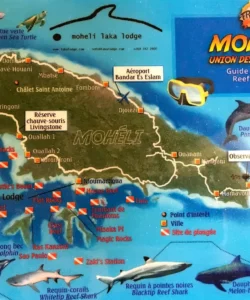Ghana, located in West Africa, is a vibrant country with a rich history and diverse culture.
![]()
Area and Population:
Ghana covers an area of approximately 239,567 square kilometers (92,497 sq mi). As of 2023, its population was around 33.8 million, making it the second most populous country in West Africa.
Capital and Major Cities:
The capital city of Ghana is Accra, a bustling metropolis that serves as the country’s economic and administrative hub. Other major cities include Kumasi, Sekondi-Takoradi, Tamale, Sunyani, Obuasi, and Cape Coast.
Language:
The official language of Ghana is English, widely used in government, education, and media. However, Ghana is a multilingual country with over 80 indigenous languages. The most widely spoken among them is Akan (including dialects like Twi, Fante, and Akuapem Twi), followed by Ewe, Ga-Adangbe, Dagbani, and others.
Currency:
The currency of Ghana is the Ghana Cedi (GHS).
Religion:
Ghana enjoys complete freedom of religion. The majority of the population is Christian (around 71.2%), with various denominations including Pentecostal/Charismatic, Protestant, and Catholic. A significant portion of the population is also Muslim (around 17.6%), while others practice traditional African religions or other faiths.
Attractions and Wonders:
Ghana boasts a variety of attractions that draw tourists:
- Kwame Nkrumah Memorial Park (Accra): The burial place of Ghana’s first president, Dr. Kwame Nkrumah, offering insights into Ghana’s independence.
- Kakum National Park: Famous for its exhilarating canopy walkway, a series of suspended bridges high in the rainforest.
- Cape Coast Castle and Elmina Castle: These historical forts, built by European traders, are poignant reminders of the transatlantic slave trade and are UNESCO World Heritage Sites.
- Manhyia Palace Museum (Kumasi): Chronicles the history of the powerful Ashanti Kingdom.
- Bunso Arboretum: A beautiful botanical garden.
- Larabanga Mosque: A 16th-century mud-brick mosque in the Northern Region, showcasing traditional Islamic architecture.
- Accra Zoo and Kumasi Zoo: Home to various animal species.
- Aburi Botanical Gardens: Another lovely garden for nature lovers.
- The Perez Dome (Accra): Sometimes referred to as a “wonder” of Ghana due to its impressive, pillar-less domed structure, it’s a large auditorium.
Architecture:
Ghanaian architecture is a blend of traditional indigenous styles and colonial influences.
- Traditional: Characterized by the use of local materials like mud, wood, and thatch, adapted to the climate. Examples include the mud-brick structures in the Northern Region, such as the Larabanga Mosque, and traditional compound homesteads.
- Colonial: Evident in the coastal forts and castles (e.g., Elmina, Cape Coast) with European styles like Georgian and Victorian, often incorporating elements like wide verandas for the local climate.
- Post-Independence and Modern: Structures like the Kwame Nkrumah Mausoleum and the ongoing National Cathedral project, designed by Sir David Adjaye, showcase modern designs often referencing traditional Ghanaian forms.
Roads:
Ghana has been investing in its road infrastructure. The country has a network of roads connecting major population centers, with two main corridors linking the north and south. While there are paved roads, unpaved roads are also common, particularly in rural areas. Efforts are continuously made to improve road conditions to enhance economic activities and facilitate the movement of goods and people.
Hotels and Restaurants:
Ghana, particularly Accra, offers a diverse range of hotels and restaurants to cater to various budgets and preferences. You can find luxury hotels, boutique guesthouses, and budget-friendly accommodations. The restaurant scene is vibrant, offering both local Ghanaian cuisine and international dishes. Popular spots in Accra include Azmera, Kwae Terrace, Chop Shop, Chez Clarisse, and numerous cafes and lounges.
Cuisine:
Ghanaian cuisine is rich, flavorful, and often centered around staple foods like cassava, plantain, yam, maize, millet, and sorghum. Stews and soups are common, often made with a variety of meats, fish, and vegetables.
Popular dishes include:
- Jollof Rice: A flavorful rice dish cooked with tomatoes, onions, spices, and often meat or fish, a staple across West Africa.
- Fufu and Soup: Fufu is a dough-like staple made by pounding boiled cassava and plantains (or yam in the north), typically served with a hearty soup like groundnut soup or light soup (often with goat meat).
- Banku and Kenkey: Fermented corn dough dishes, often served with fried fish, shito (a spicy black pepper sauce), or various stews.
- Waakye: A popular street food made from rice and beans, typically served with various accompaniments like spaghetti, gari (cassava grits), and a spicy sauce.
- Red Red: A delicious bean and fish stew cooked with palm oil, often served with fried ripe plantains.
- Kontomire Stew: A nutritious stew made from cocoyam leaves, often with salted fish and boiled eggs, served with boiled yam or plantain.
